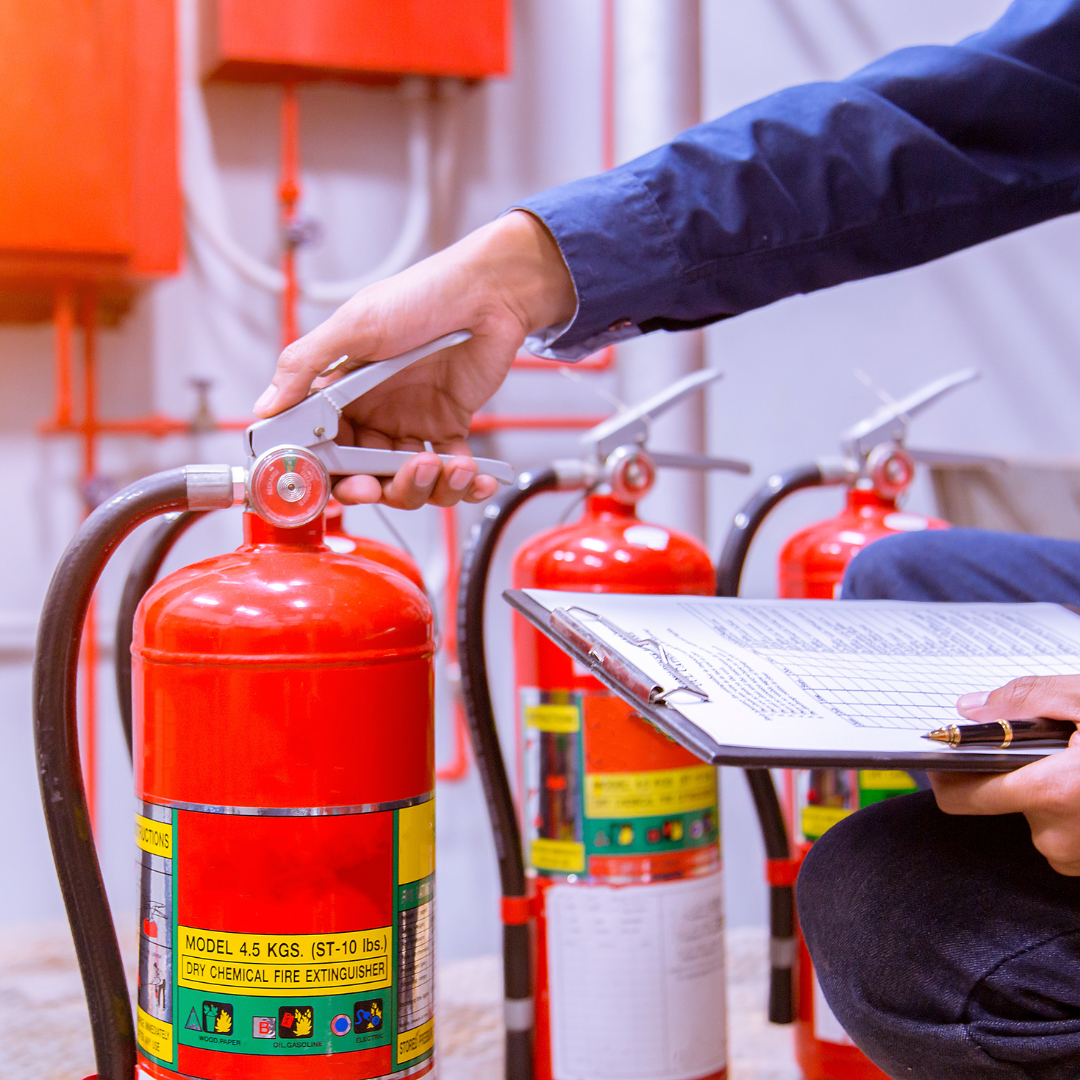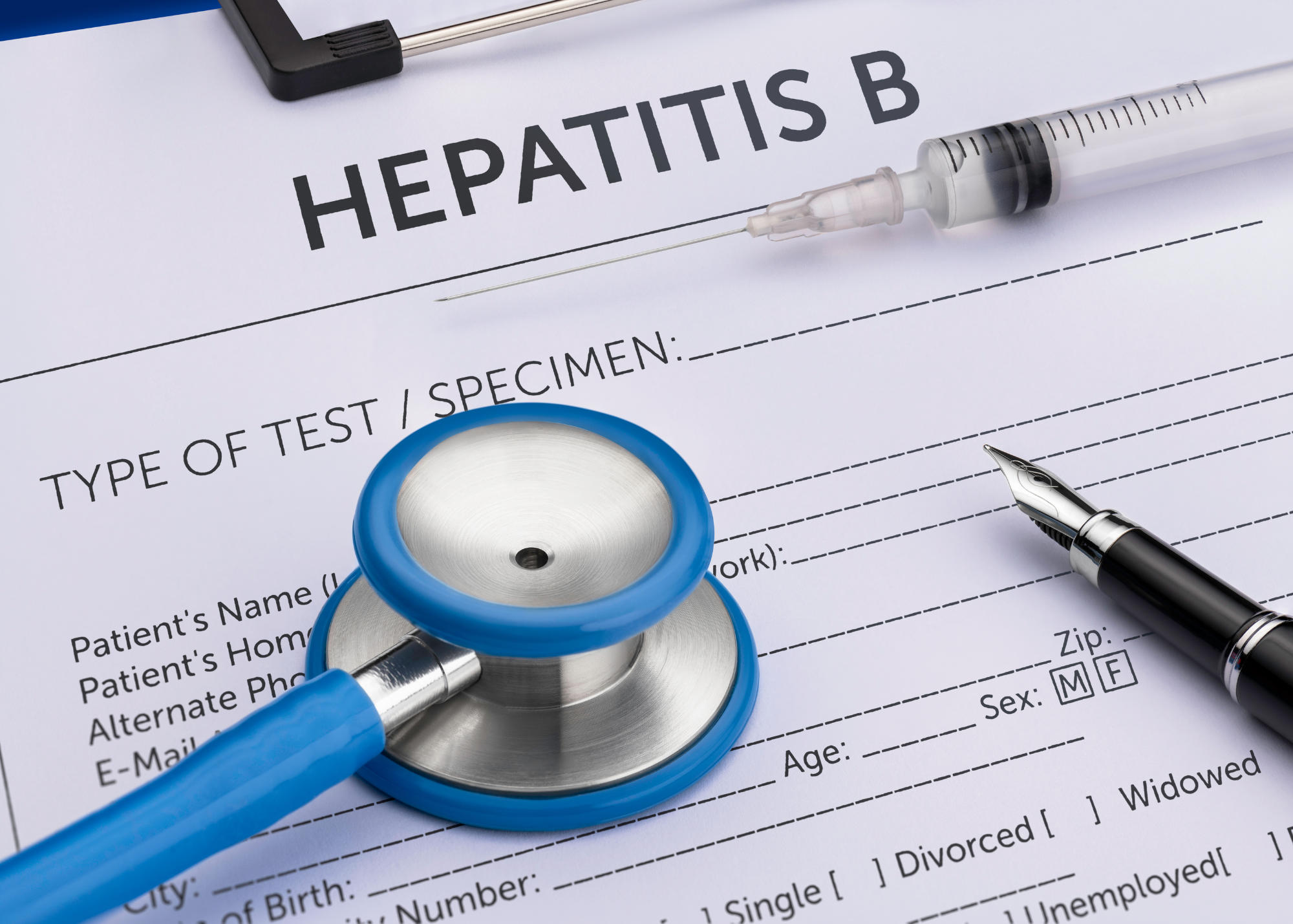We are Heating Up the Conversation Now!
by Brenda Thornburg
Why is it so important to have a Fire Safety Plan? Just look around.
Common materials used in dentistry, such as gauze packs, cotton rolls, latex gloves, mouth masks and paper drapes are all obvious sources of fuel for a fire. Not to mention, isopropyl alcohol, polymethyl methacrylate, lamps, and Bunsen burners, X-ray films. While not flammable themselves, oxygen and nitrous oxide significantly increase the risk of fire when present with other flammable materials.
Storing flammable materials in designated containers and following proper handling procedures are critical to prevent fire hazards. As is having your Hazard Communication Standard in place to educate and protect team members. Having Safety Data Sheets and proper labeling are an essential part of your Fire Safety Plan. They provide important firefighting measures in case a chemical starts a fire. Dental offices use many different chemicals with fire hazards ranging from explosive and flammable to irritative characteristics.
And let’s not forget all the water lines running in proximity with electrical lines in your dental units and equipment. Regular inspection and maintenance of electrical cords, outlets, and dental equipment to prevent overheating or sparking.
We need to be aware of patient safety as it relates to fire during dental care. A 72-year-old patient received second-degree burns on her face caused by a fire that ignited near the nasal hood supplying a nitrous oxide-oxygen mixture. The ignition source was likely caused by the heat generated during the preparation of a titanium post with a high-speed, irrigated carbide bur. The patient was treated at a local hospital and discharged home with second-degree burns.[1]
Your Fire Safety Plan and training are essential to keep your dental office, team, and patients as safe as possible. All the above, as well as the following:
- Regularly evaluate and maintain all fire alarms and smoke detectors throughout the office.
- Proper placement of fire extinguishers, clearly labeled and regularly inspected. Schedule training for all staff on the proper use of fire extinguishers.
- Backup emergency lighting in case of power outage. Clearly mark all exits and evacuation routes throughout the office.
- Determine who will call 911. Maintain an updated list of emergency contact numbers for local fire department, emergency medical services, and police department in the event the 911 system may be down.
- Establish a designated safety point outside the building where everyone will meet when evacuating. Once everyone is safely out of the building, and the fire department has put out the fire…the real work begins. That’s where your Disaster Recovery Plan will kick in. But that is a separate conversation.
https://www.protectorplan.com/wp-content/uploads/ada_disaster_manual.ashx_-2.pdf
[1] https://pubmed.ncbi.nlm.nih.gov/27083777/, accessed on July 8, 2025









